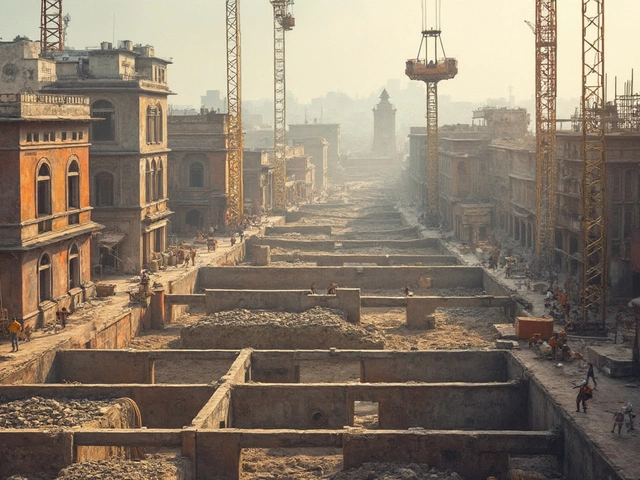Prevent Cracks in Foundations and Walls: Smart Ways to Stop Damage Before It Starts
When you see a crack in your foundation or wall, it’s not just a cosmetic issue—it’s a warning. A foundation crack, a visible break in the concrete or masonry that supports your home can start small but grow fast under pressure from soil movement, water, or poor construction. These aren’t random flaws. They’re symptoms of something deeper, and if you ignore them, you risk structural damage, a serious compromise to your home’s safety and value. The good news? Most cracks can be prevented—if you know what to look for and when to act.
Cracks don’t just appear out of nowhere. They’re often tied to how your home interacts with the ground. foundation settlement, the gradual sinking of a building’s base due to shifting soil is one of the top causes. If your house sits on clay soil that swells when wet and shrinks when dry, that’s a recipe for trouble. Water pooling near your foundation? That’s another red flag. Even simple things like improper drainage, tree roots growing too close, or uneven drying of concrete during construction can lead to cracks. You don’t need a degree in engineering to spot the early signs: hairline lines near windows, doors that stick, or gaps between walls and floors. These aren’t just "normal settling"—they’re clues.
Preventing cracks isn’t about expensive fixes. It’s about smart habits. Keep water away from your foundation with gutters and downspouts that extend at least five feet out. Make sure the ground slopes away from your house so rain doesn’t pool. Don’t plant big trees too close to walls. Check your basement or crawl space twice a year for moisture or new lines in the concrete. If you’ve had a dry spell followed by heavy rain, that’s when cracks are most likely to appear. Catching them early means you can seal them with epoxy or polyurethane before they become a structural problem. Waiting until you see a crack wider than a quarter? That’s when you start needing professionals—and a much bigger bill.
What you’ll find below isn’t just theory. It’s real advice from people who’ve dealt with cracked walls, leaking basements, and sinking floors. We’ve pulled together guides on how to tell if a crack is dangerous, what materials actually work for repairs, and how to avoid the most common mistakes homeowners make. Whether you’re a new homeowner worried about your first winter or someone who’s seen a crack grow over years, these posts give you the clear, no-fluff facts you need to protect your home before it’s too late.





